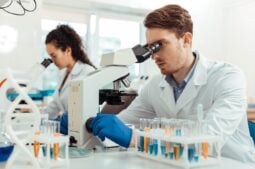
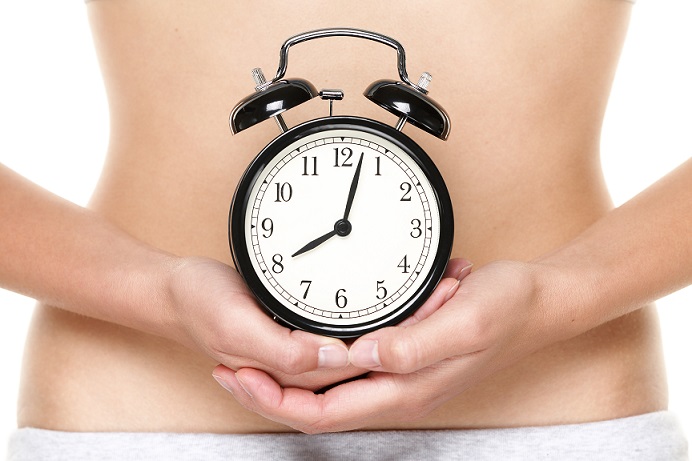
These days there are more options to address infertility than ever before, and medical conditions which would have once dashed any hope of falling pregnant are now being successfully treated. Ovarian rejuvenation is a relatively new concept in the field, but one that is helping fertility specialists to make great strides forward. Using newly developed techniques, women who have suffered early menopause or other conditions which limit fertility may still conceive using their own eggs. These may include women under the age of 38 who are either postmenopausal or perimenopausal for less than 5 years, or younger women who have a low reserve of eggs. The process stimulates the ovaries, allowing for the creation and release of new eggs. In this case, any child conceived would carry genetic material from the mother. This may be the preferable option for some women, rather than using donor eggs. The procedure of ovarian rejuvenation is relatively painless and may be worth an attempt before moving on to other treatments.
Limited eggs
It is more common in the 21st century to begin trying to conceive later in life, so it makes sense that there are plenty of women (and men) who do not discover issues surrounding their fertility until there is a time constraint. A woman’s peak fertility is in her 20s, and from the age of 35 onwards fertility decreases fairly rapidly. This means that when problems with fertility are discovered, they need to be addressed quickly. IVF is a great first option for many patients, and a treatment that IVI has had much success with. If the patient is able to use her own eggs then the procedure is relatively straightforward, beginning with stimulation of the ovaries to release multiple eggs at once, progressing to fertilisation of these eggs with sperm from the male partner or from a donor, and completing with the transfer of an embryo to the uterus. However, some women may find that they do not have enough eggs in reserve, or there may be some other issue with the eggs that they do have. While IVI is conducting research into ovarian rejuvenation, this is not yet offered to patients. For women with limited eggs or eggs of a poor quality, using a donor is still the optimal choice.
Egg production happens during gestation of the female foetus, and by the time baby girls are born they already have all of the eggs they will ever release over their lifetime stored within their ovaries. The average number of eggs that women are born with is around one to two million, but this varies. By the time puberty hits roughly 300,000 eggs remain. An average of one egg is released each month, but there is of course the possibility that more will be released. If fertilised together, these will result in multiple births. As a woman ages, she naturally has fewer and fewer eggs, and therefore fewer chances to conceive. As time goes on there is also a reduced chance that a fertilised egg will implant successfully into the lining of the womb. Ovarian rejuvenation is the process by which the production of eggs is artificially stimulated, giving women the chance to produce more eggs than they would naturally have been able to, and therefore giving them the chance to conceive using their own genetic material.
Process of ovarian rejuvenation
One way in which ovarian rejuvenation can be achieved is through Ovarian Fragmentation for Follicular Activation (OFFA). This allows the aging process to be reversed slightly and activates dormant follicles which go on to become viable eggs. At IVI’s clinic in Valencia, which is one of 11 English-speaking fertility clinics in Spain, the OFFA technique is currently being researched and used in a very small number of cases to give women another option before resorting to egg donation. The procedure is generally pain-free, and patients can go home on the same day. A simple blood test is carried out first to make sure that the patient is a suitable candidate for this procedure. This is to reduce the chance of subjecting a patient to medical intervention which in their particular case may have a reduced likelihood of resulting in pregnancy. As at May 2017, IVI had achieved four pregnancies in patients with ovarian failure, a rate which we hope to continue to improve as the procedure develops.
A second ovarian rejuvenation technique involves infusing stem cells into the ovarian artery. This is still being developed by our experts, and we hope to reap the rewards of our research in the near future.
Hope for the future
While ovarian rejuvenation is still in the early stages of development, IVI has already carried it out successfully. An important aspect of our work is our continued focus on research and development of new and existing technologies that facilitate conception. Infertility is more treatable today than it has ever been in human history. However, just because we are able to offer IVF and other techniques such as fertility preservation and artificial insemination does not mean that we are resting on our laurels. With continued improvements and innovation in the field of fertility, we hope to be able to provide a realistic option for any and all patients under the age of 50 who are subject to infertility causes. Apart from ovarian rejuvenation we are also funding research into oocyte vitrification, a process which rapidly slows the aging process in eggs. This means that women may put off trying for a baby for longer, without the fear of decreased fertility and poorer quality eggs. This is also a great option for women who need to undergo treatments for cancer, and who now have the chance to preserve their fertility.
With these new strides forward in treatments for infertility, IVI is leading the field in innovative new procedures, researching potential ways to preserve or stimulate fertility. This means that IVI’s patients have a greater chance of seeing their dream of starting a family come true.

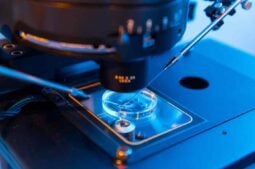
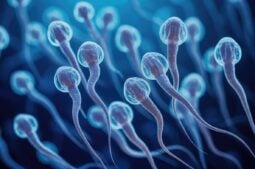
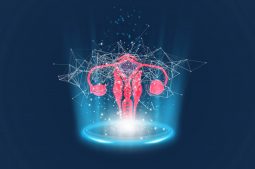
44 Comments
Dear Khyati, unfortunately we are not offering ovarian rejuvenation as a treatment currently, since it is still being researched.
For the moment ovarian rejuvenation is not something we are offering to our patients, since it is still being researched. We very much hope to be able to offer it as soon as possible.
Hi I am 37 years, and on Menopause for 3 years, is it possible to conceive with own egg
Dear sir
I am Libyan women seeking for children my age 46 year old ( birth day 24-9-1971), and my husband 48 year old ( birth on 1969) we attempted eight times IVF once in Tunisia and other in Turkey, India, Egypt and Libya but Unfortunately not succeed, last month they told me there is no Ovulation . recently I heard there is new technic to Ovarian Rejuvenation by plasma treatment , could you please help me to get child by Plasma activation my ovarian, and I am ready to pay all the costs. I will be very grateful for your help for treatment. my phone numbers 0021891162**** – 0021892626****. could tell if possible start treatment, if possible I will come and start treatment
cheers
Mouna
Rosa, you should look up PRP (plasma rich in platelets) for ovarian rejuvenation. This a very new approach as far as treating ovaries but is being used to restore hair, skin tone, joints etc. With the latter cases the technology has been around for a while.
I was reading up on it a year ago and left off the subject in favor of donor eggs– mostly due to the lack of facilities here in Chile.
The are clinics practicing this method in Greece, New York, India and elsewhere.
As I said, it is new and maybe subject to an element of propaganda so do your reading.